
Double-banded Plover
Anarhynchus bicinctus
Also known as: Pohowera


Anarhynchus bicinctus
Also known as: Pohowera

The Double-banded Plover, also known as the Banded Dotterel or Pohowera in te reo Māori, is a charming native shorebird of New Zealand. About the size of a blackbird, this nimble bird adds a touch of elegance to our beaches and riverbeds with its distinctive chest bands and lively personality.
1. Breeding males have vivid black and chestnut chest bands; females and non-breeding birds have duller bands
2. Distinctive stop-start running pattern when foraging on beaches or riverbeds
3. Compact body with relatively long legs and a short, sturdy black bill
Double-banded Plovers breed from July to January, with males performing spectacular aerial displays to attract mates. They nest in simple scrapes on the ground, blending perfectly with their surroundings. Both adults incubate chicks. Many South Island birds undertake an atypical east-west migration to Australia for Autumn and winter months. Introduced predators and habitat loss pose significant threats to their population. They are solitary when feeding both within and out of the breeding season and often feed at night.
Look for Double-banded Plovers on sandy beaches, estuaries, and braided river beds throughout New Zealand. They're active during daylight hours, especially in the early morning and late afternoon. In the South Island, you'll find them on inland riverbeds during breeding season (July to January) and coastal areas in summer. Listen for their soft "chirp-chirp" call as they forage. Tip: Scan open, gravelly areas near water for their brown-and-white plumage.
Known as Pohowera in te reo Māori, these birds have been part of New Zealand's coastal ecosystem for centuries. They play a crucial role in Māori environmental indicators, with their breeding behavior signaling seasonal changes. Their resilience and adaptability to various habitats make them an important part of New Zealand's natural heritage.
20 cm
60 g
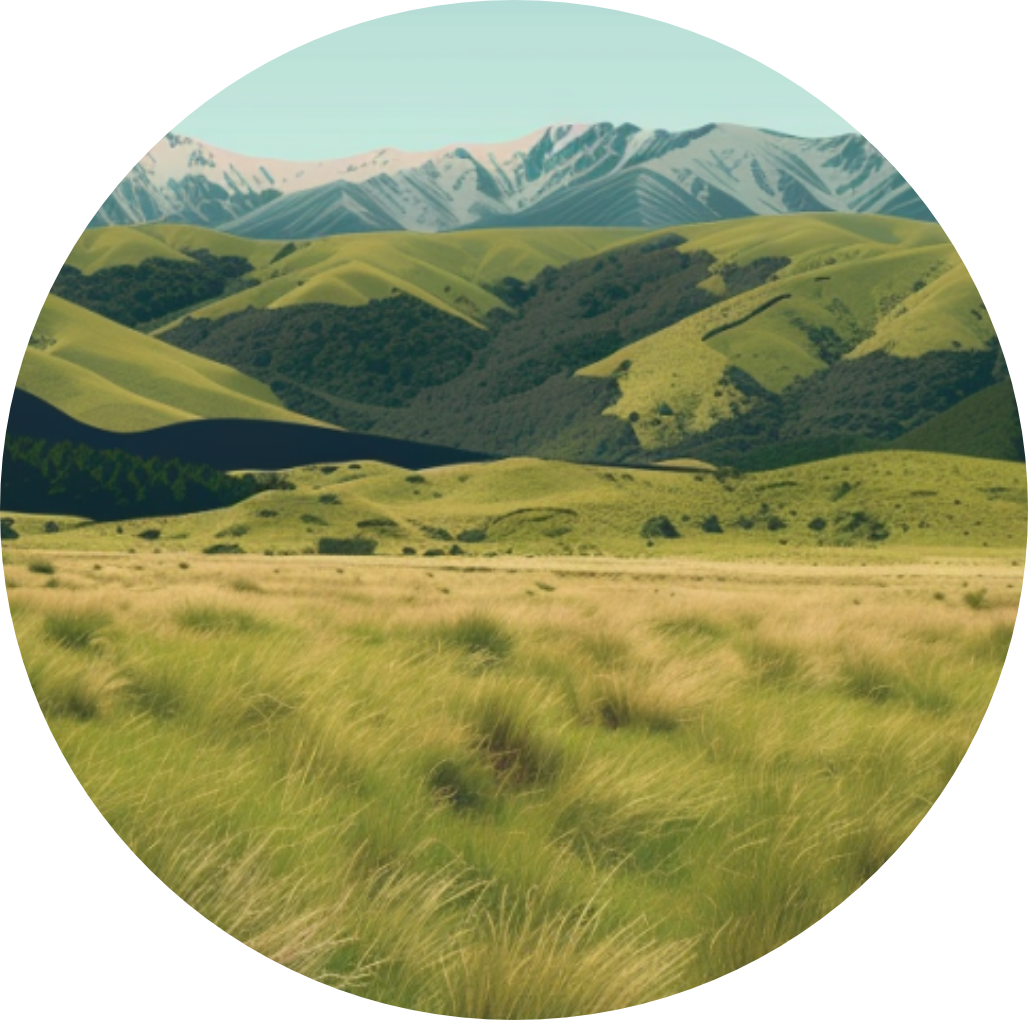
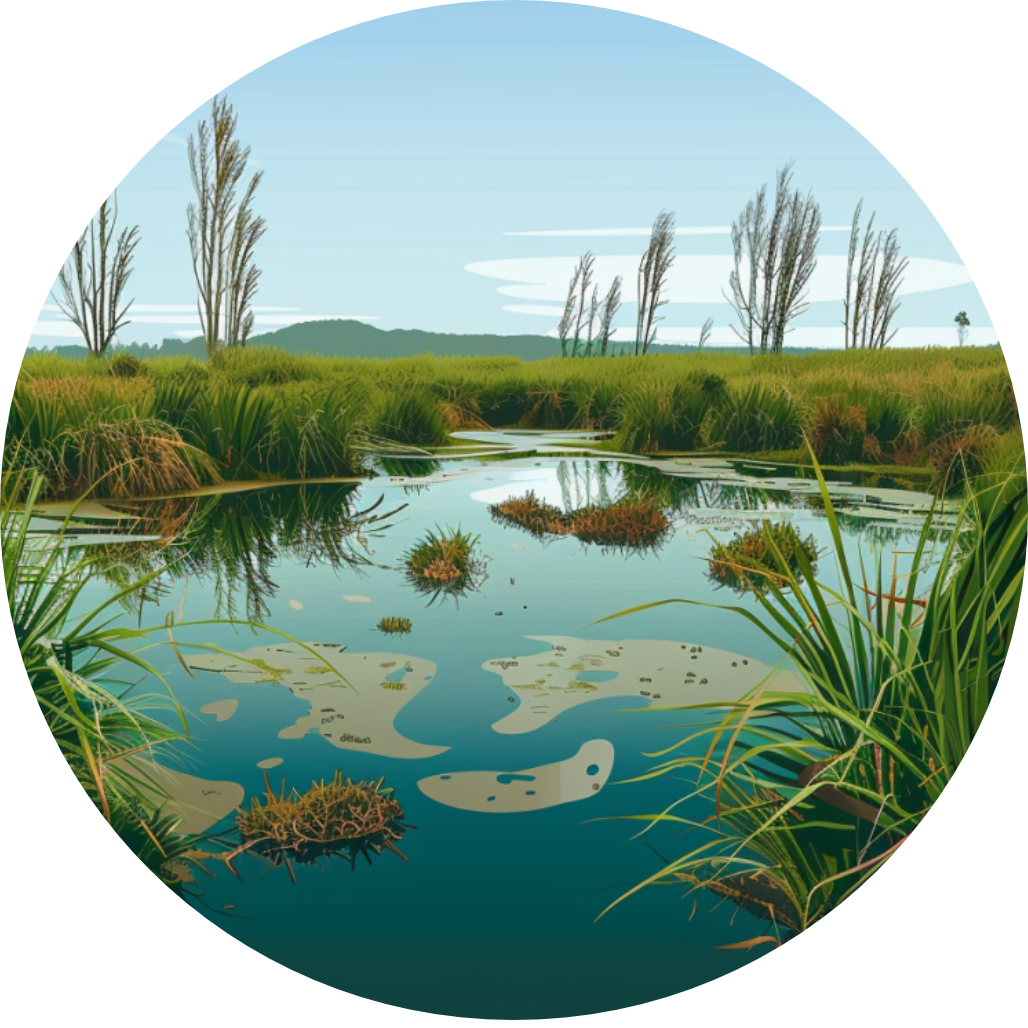
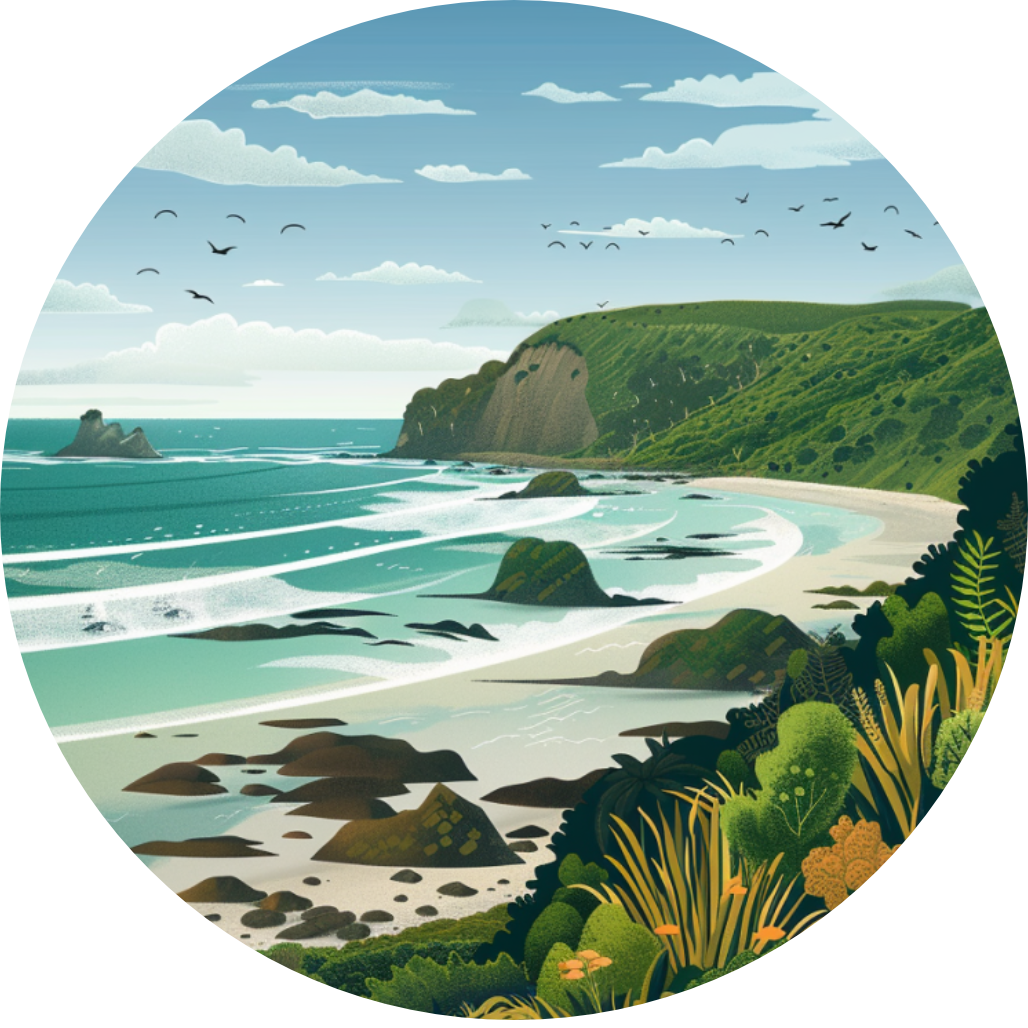
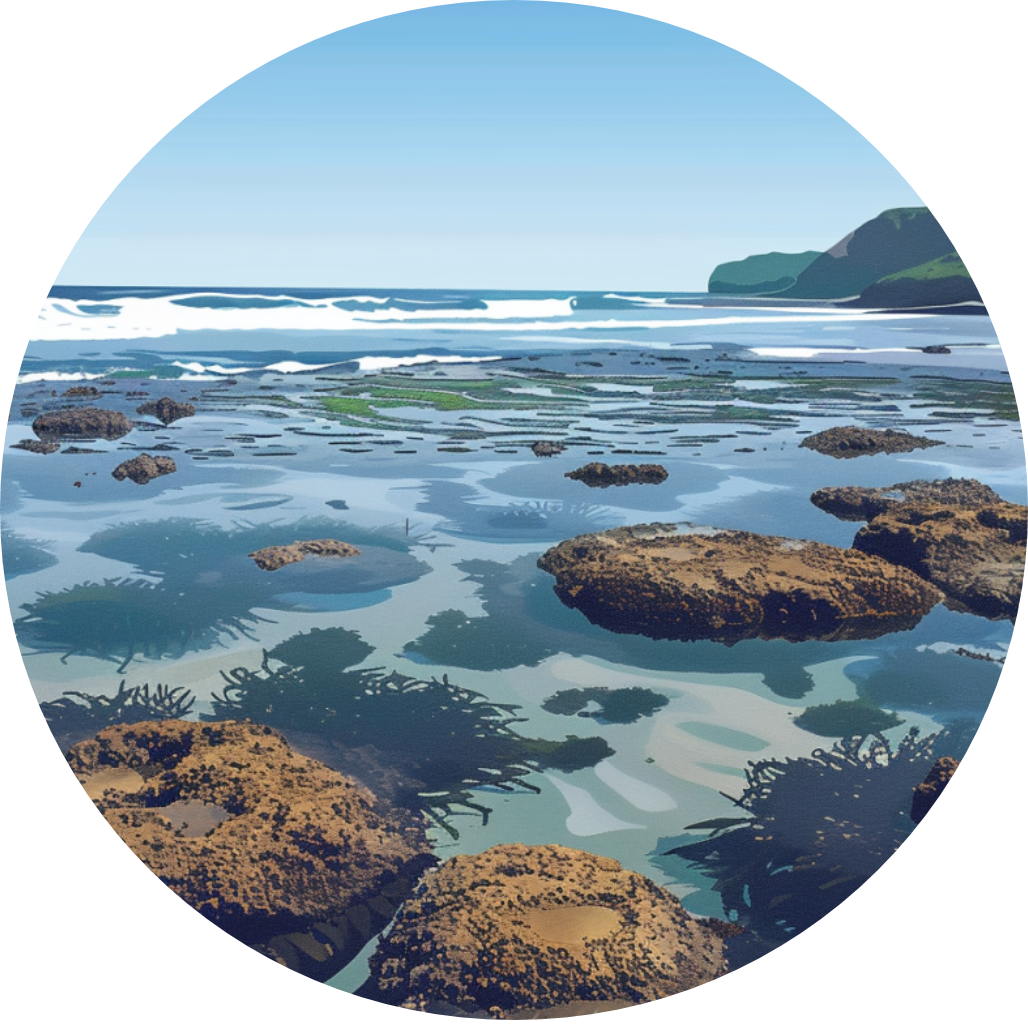
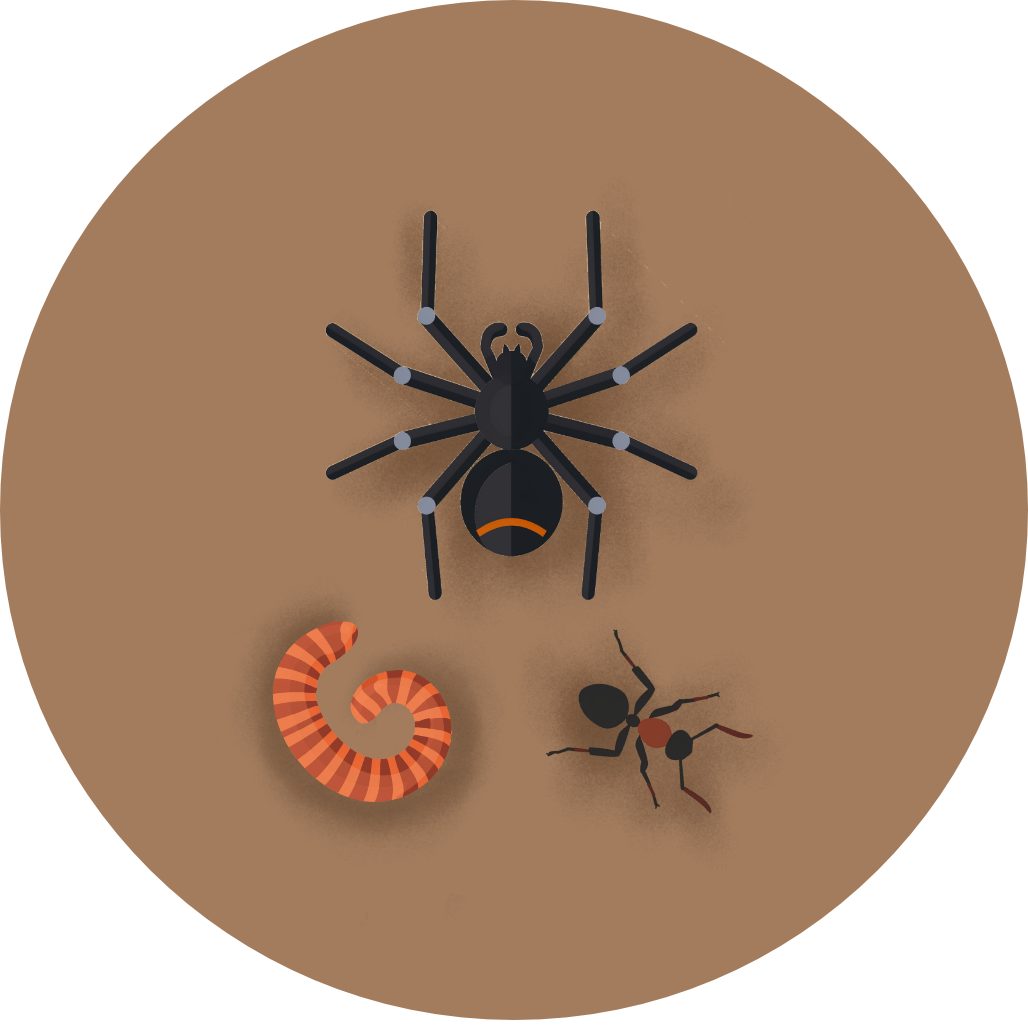
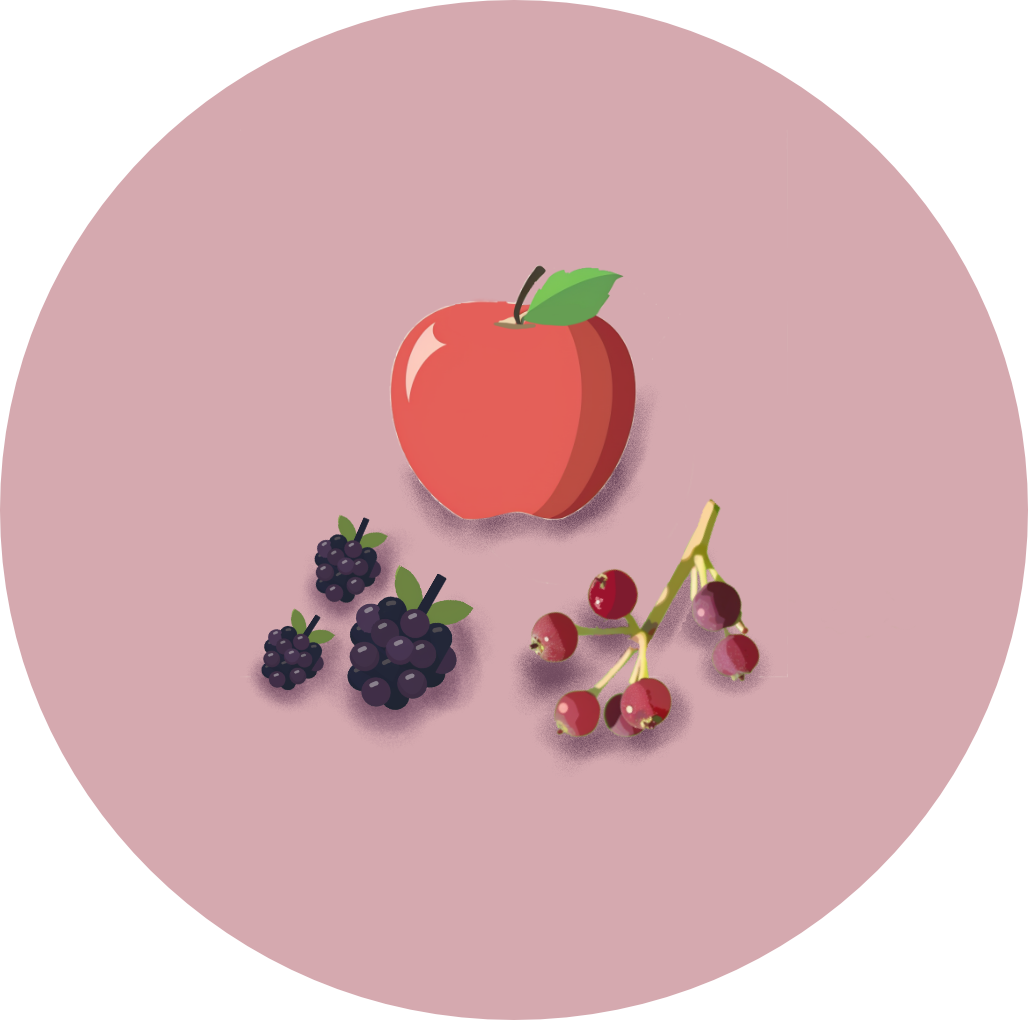
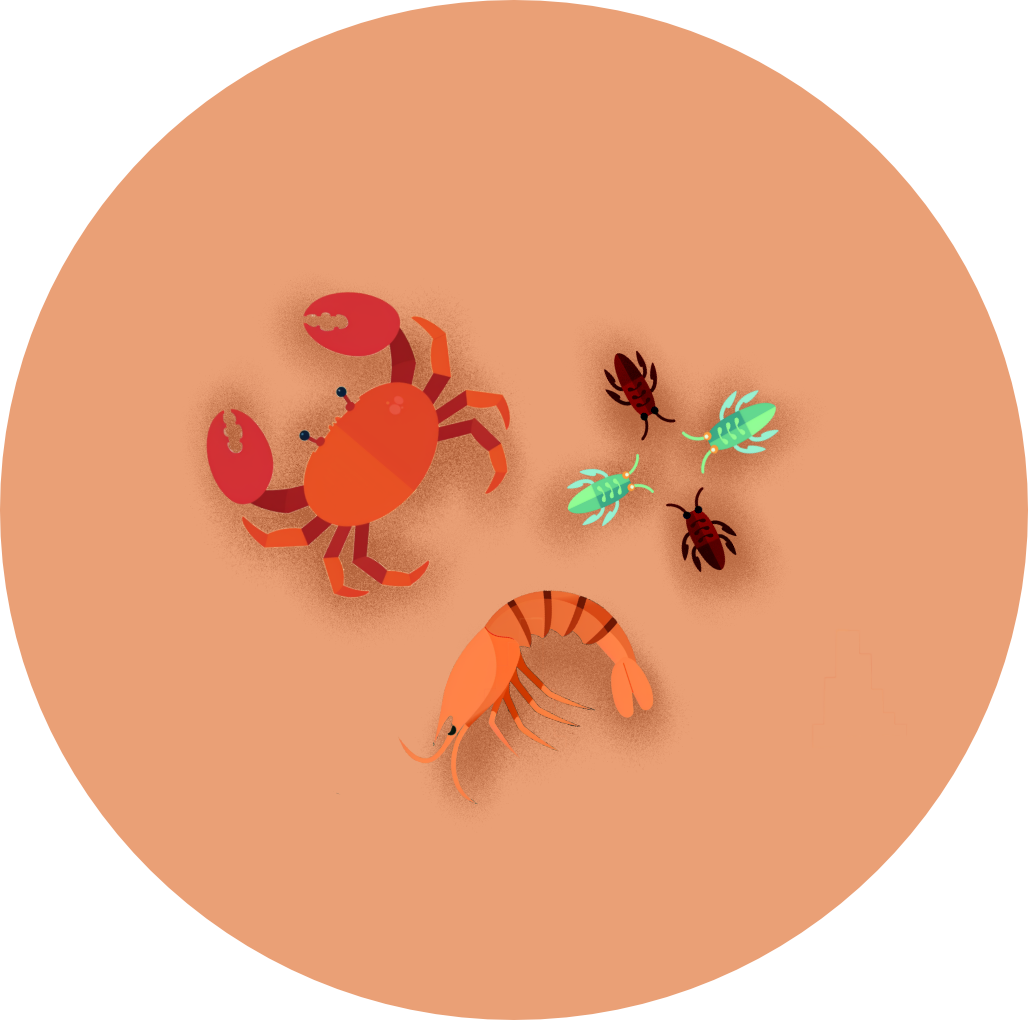
Coming Soon!
Top birding locations will be available in a future update.